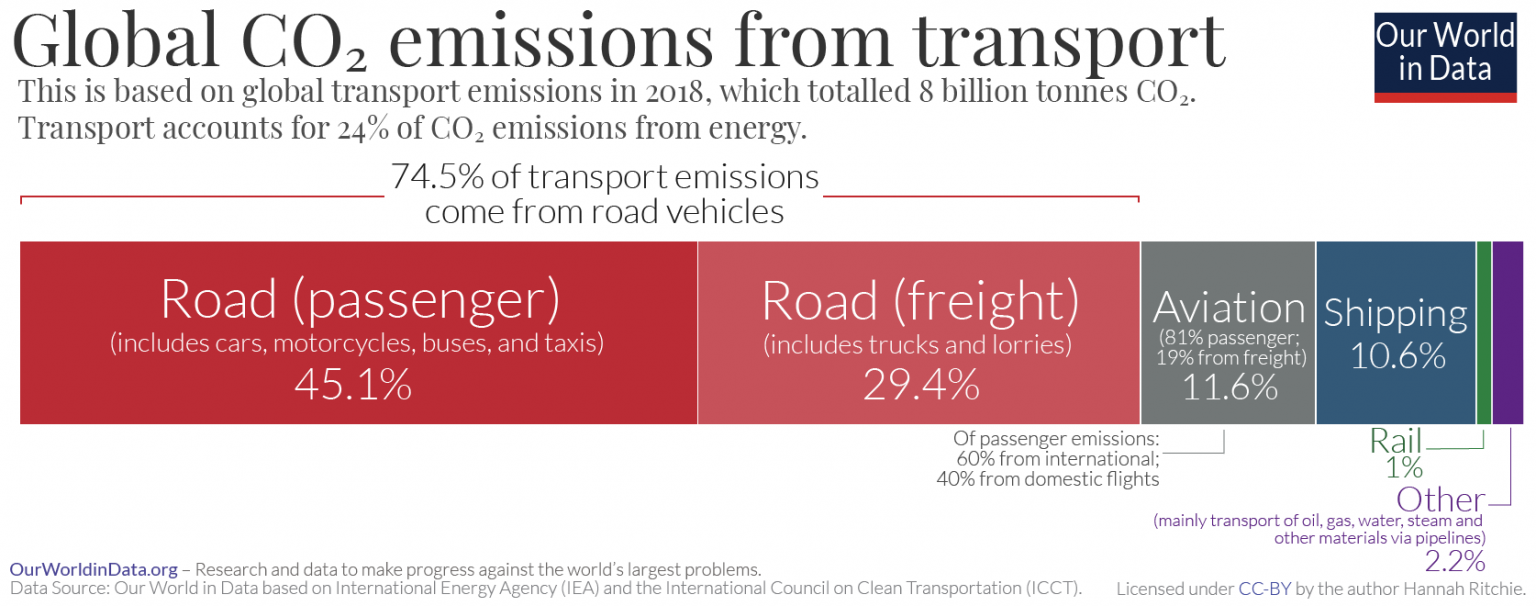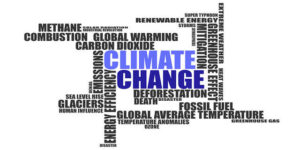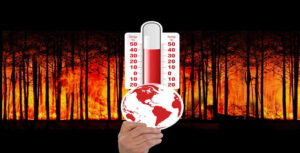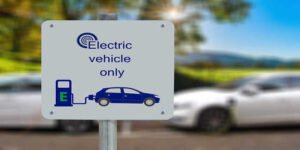How do we stop climate change? According to the Paris agreement signed in 2015, CO2 emissions need to be kept under 450 ppm in order to slow down the effects of climate change. This means that the best way a government has to stop climate change, is by regulating the carbon-intensive activities (with higher CO2 emissions) or by promoting or encouraging activities with lower carbon emissions.
In this article we will present 10 actions that should be addressed by any government and community to tackle climate change:
1. Switch to renewables
Renewable energies have been positioned during the last decades as the “energies of the future”. Some of the renewable energies currently used worldwide are solar, wind, biomass and hydraulic.
Some of the advantages of renewables compared to fossil fuels are:
- The resource used to generate energy will always be available in nature (wind, biomass, sun, water, etc.)
- CO2 emissions are not generated during the stage of energy production (unlike with fossil fuels, where the most pollutant stage is the combustion to generate energy)
- The CO2 emissions generated by renewables infrastructure are insignificant compared to all the savings they generate by avoiding the use of fossil fuels
We need energy in every life stage of every product and service we consume. Therefore, renewable energies will significantly reduce not only our carbon footprint associated with energy production, but also with transport and goods consumption.
2. Finance electric vehicles production (Fueled with renewables!)
The use of electric vehicles (EVs) has a lower carbon footprint than fossil fueled-vehicles because CO2 emissions are not generated during the vehicle’s operation. However, this footprint may change significantly depending on the fuel used to generate the electric energy (renewables, gas, oil or coal).
Image 1 shows the grams of CO2 emitted per km travelled in an electric car within different countries. This shows that the environmental benefit of EVs is highly dependent on how the electric energy is obtained.
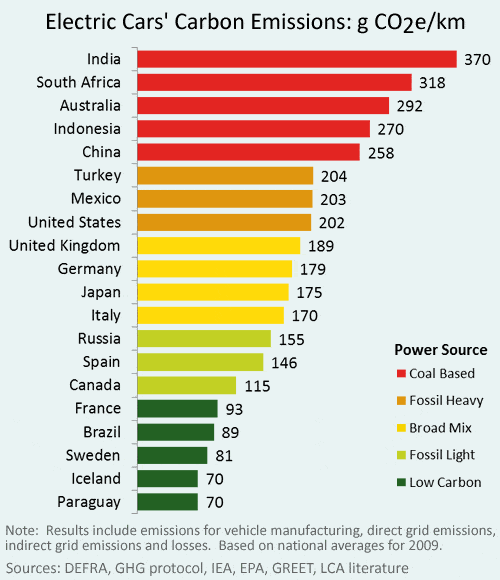
Image 1: Electric car’s carbon emissions. Source: Shrink that footprint
India and China are very coal-dependent economies in the electric energy generation. So the use of electric cars does not represent a huge improvement in terms of CO2 emissions per km (the average emissions for conventional vehicles in EU is 130gCO2e/km).
So yes, EVs should be implemented to reduce carbon footprint during transport, but only when this represents a truly advantage compared to petroleum-fueled cars.
3. Regenerative agriculture
Overpopulation and changes in our consumption habits lead to intensive agriculture practices in most countries. This means maximizing crop yields and generating more food per acers through the use of heavy fertilizers and chemicals. These techniques have improved agriculture production but also generated large amounts of pollution, including greenhouse gases (GHG) that contribute to climate change. Nitrogen fertilizers and large methane emissions coming from intensive agriculture represent 18.4% of all GHG emissions worldwide. In addition to this, heavy chemicals, pesticides and deforestation practices included in intensive agriculture have also damaged the soil.
By implementing regenerative agriculture methods, the damaged soil could be recovered and regain its capacity to store carbon stored in the atmosphere. This not will only lead to an increase of biodiversity, soil and water enrichment, but will also decrease the CO2 concentrations in the atmosphere!
4. Change animal agriculture practices
Although the best we can do for the planet is switch to plant-based diets, this is not very likely to happen in the coming decades. Animal practices are one of the largest contributors to GHG due to the enteric fermentation of cows, the amount of lands required to feed them and their manure treatment, just to say a few. More than 60% of GHG emissions that come from food are attributed to livestock farming.
Image 2: CO2 emissions of food. Source: Our world in data
This can be reverted by changing our eating habits and optimizing the land use. A huge part of the GHG emissions of animal products are attributed to deforested areas and land used for livestock (Image 2). Considering developing countries lack of access to food security, it is mandatory that international strategies are implemented to maximize access to food while minimizing GHG emissions.
5. Tackle climate change speaking up for the planet!
As a society, sometimes we may think our individual actions are useless. But in the last decade, many environmental movements like “Fridays for Future”, Greenpeace protests and many other environmental strikes have achieved many governments worldwide to address climate change as a main issue.
Some of the goals achieved, partly due to these massive movements, are:
- 26 national governments declared themselves in a climate emergency in 2019. This is leading to new legislations and to prioritizing environmental projects than were very likely to be considered as secondary both for governments and communities.
- In May 2019, 186 countries agreed to fight over plastic pollution and to take actions to tackle this issue that is mainly affecting the biodiversity and quality of waters worldwide.
- With livestock farming being one of the most pollutant industries, many big food chains are developing now plant based options to show their commitment to mitigate the effects of climate change.
6. Regulate industries that have the higher CO2 emission levels
Governments should put their efforts also in regulating the most carbon-intensive industries. This includes new legislation, contamination thresholds and incentives for more sustainable practices. Some of the most polluting industries worldwide are:
- Energy: where a partial or total switch to renewables would make a huge difference in their CO2 emissions.
- Transport: in some European countries, tax exemptions are being implemented for EV users.
- Agriculture and livestock: regulations in the US and worldwide are starting to be more strict to prevent intentional fires and deforestation of protected wildlife and forests.
7. Birth control and adoption
Overpopulation is a big issue worldwide. In developing countries and regions, birth control methods and sexual education are usually not widely implemented policies. This may end up in many kids coming to the world with their families being emotionally and financially unprepared to raise them. Adoption campaigns that prioritize the child’s lives and rights should be implemented to control population growth and give new opportunities for children worldwide.
Of course, sexual education is also key not only to prevent unwanted births but also to reduce sexually transmitted infections.
8. Finance “Reduce and reuse” campaigns for packaging
Oceans pollution due to single use packaging is another big issue not only for water quality and biodiversity but also to reduce fossil fuels extraction and processing. Out of all the packaging we use, according to the site Plastic Oceans, 50% accounts for single use packaging. And only 9% of all plastics produced gets recycled. The reduction of these packaging could mitigate GHG emissions in the following processes:
- Oil & gas extraction and processing
- Plastics manufacturing
- Plastics transporting
- Disposal in landfills (79% of worldwide produced plastics end up in landfills or accumulated in the environment)
9. Plant a tree
Trees are the main CO2 receptors that keep this GHG from accumulating in the atmosphere. Therefore, by planting more trees, we can help to reduce these CO2e concentrations. Projects that contribute to planting trees can eventually curb the effects of climate change. And all of us can contribute to these projects in very simple ways. Some of these campaigns are:
- Ecosia: This search engine is donating 80% of their revenues (that they get from Ads like Google does) in order to plant a tree for every search people make in their website. All you have to do is start using it and a tree will be planted in areas where it is more needed!
- “Plant a billon trees”: By a simple donation, you can also help this campaign to plant trees around the world and turn around deforestation in wild areas.
- “One tree planted”: You can also join this community and help other volunteers around the world by becoming an ambassador.
10. Consume local
Transportation accounts for 21% of the global CO2e emissions worldwide. Despite passenger cars having the largest contribution, freight transport goes second in the list (Image 2).
Image 2: Global CO2 emissions from transport. Source: Our world in data
Freight transport include road, aviation and shipping both for national and international consumers. So, if everyone just could stick to local products when they have the chance, not only will we contribute to make our local business growth but also to diminish transport emissions coming from freight transport.
-Belén Silva
How do we stop climate change?
References:
Garnet, T., Livestock-related greenhouse gas emissions: impacts and options for policy makers, 2009.
Knoema, Global Greenhouse Gas Emissions from Livestock, 2016
Our world in data, Emissions from transport
Image by Larisa Koshkina from Pixabay

